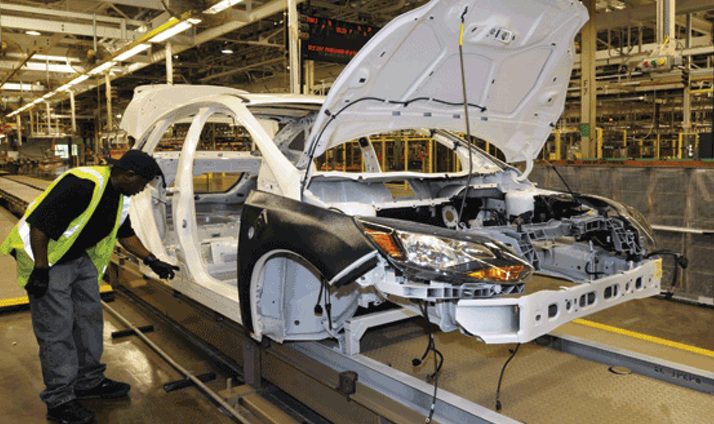It was a cool atmosphere at Big-Ada, a town in the Ada East District of Greater Accra Region, and I asked a couple of friends a question: “What would make you buy a particular car; is it the brand or performance?’ Some were of the view that the brand matters to them, and others the performance.
Could it also be a salesperson who convinced you to make the decision of purchasing a particular car based on performance, or just that you loved the brand?
Brands not only represent a symbol of the company or car-make, but to a larger extent also define the general life of the car. How the car performs can reflect the brand’s flavour and lifestyle status. This makes a deep connection between the brand and its performance for the driver.
Brand and performance can be more than a factor, and in fact can encompass a myriad of attributes.
In this two-way relationship both are dependent on each other for various different reasons. In today’s social climate, customers or drivers are very deeply connected to the brands. When they purchase any car, brand name influences the consumer’s choice.
Some customers purchase a car ignoring so much the brand, because all they need is to help their movement in getting things done from one place to another.
For me, I believe that the brand name is a symbol of quality.
Performance and engineering can be part of niche brand. A clear example of this was Saab Automobile AB – which was a car manufacturer that was founded in Sweden in 1945 when its parent company, Saab AB, began a project to design a small automobile. The Swedish maker of automobiles offered front-wheel drive before any other car manufacturer of the early 1970s.

It had ergonomically designed seats, an instrument panel and controls before the idea was even given much thought by other manufacturers. It later introduced Turbo Charging as an offering on its predominantly 4-Cylinder engines in the late 1970s. The manufacturer excelled at being a brand built on uniqueness, and found buyers who wanted to travel life in a car that was completely different from others. It’s very odd combination of performance and design actually became its brand identity.
The perceived difference between the top car brands and their challengers is shrinking. That’s the finding from a few years ago of a Car-Brand Perception Survey conducted by the Consumer Reports National Research Centre. Toyota, Ford, Honda and Chevrolet, which have been perennial leaders in the survey, maintained their top positions – but have seen the points gap decrease. In fact, most of the top brands saw double-digit drops in their total score. Smaller companies have benefitted from this shift, illustrated by the small electric-car builder, Tesla, breaking into the top-10.
The survey scores reflect how consumers perceive each brand in seven categories: safety, quality, value, performance, environmentally friendly/green, design/style, and technology/innovation. Combining those factors gives us the total brand-perception score. While the score reflects a brand’s image in consumers’ minds, it does not reflect the actual quality of any brand’s vehicles.
Toyota continues to dominate in brand perception, although it slipped a significant 17 points compared with last year’s survey results. Other top brands – Ford, Honda and BMW – saw their scores drop more than 20 points. The two leading General Motors brands, Cadillac and Chevrolet, did relatively better with only single-digit decreases.
Dramatic events in the automotive industry seem to be affecting how consumers view auto brands. Erratic gasoline prices and a struggling economy have pushed consumers to prize low operating costs and reliability.
There have been a number of cars which touched the ever-distant position of true ‘Greatness’, for they transcended just being transportation machines and became works of art in motion. There are some cars which people once had and they simply regret not having anymore, even though they lacked all the modern amenities found in cars of today.
There is no logic when it comes to this: it could be the buzz of a certain engine, or turbine-like smoothness which is remembered, and at the end of the day it is all subjective. A lot of this has nothing to do with if that automobile could make it to 1.6 million kilometres or a thousand miles.
In fact, for most car-lovers, if it does happen it is an accident and not by intention – largely because they never grew tired of the car’s design and kept maintaining it.
Performance – unless perceived as part of an automobile’s brand – is hard to sell alone. Over the decades of automobile history, it can be seen again and again that many of the most performance-oriented cars didn’t sell well as they lacked comfort and visual appeal.










